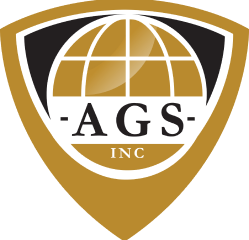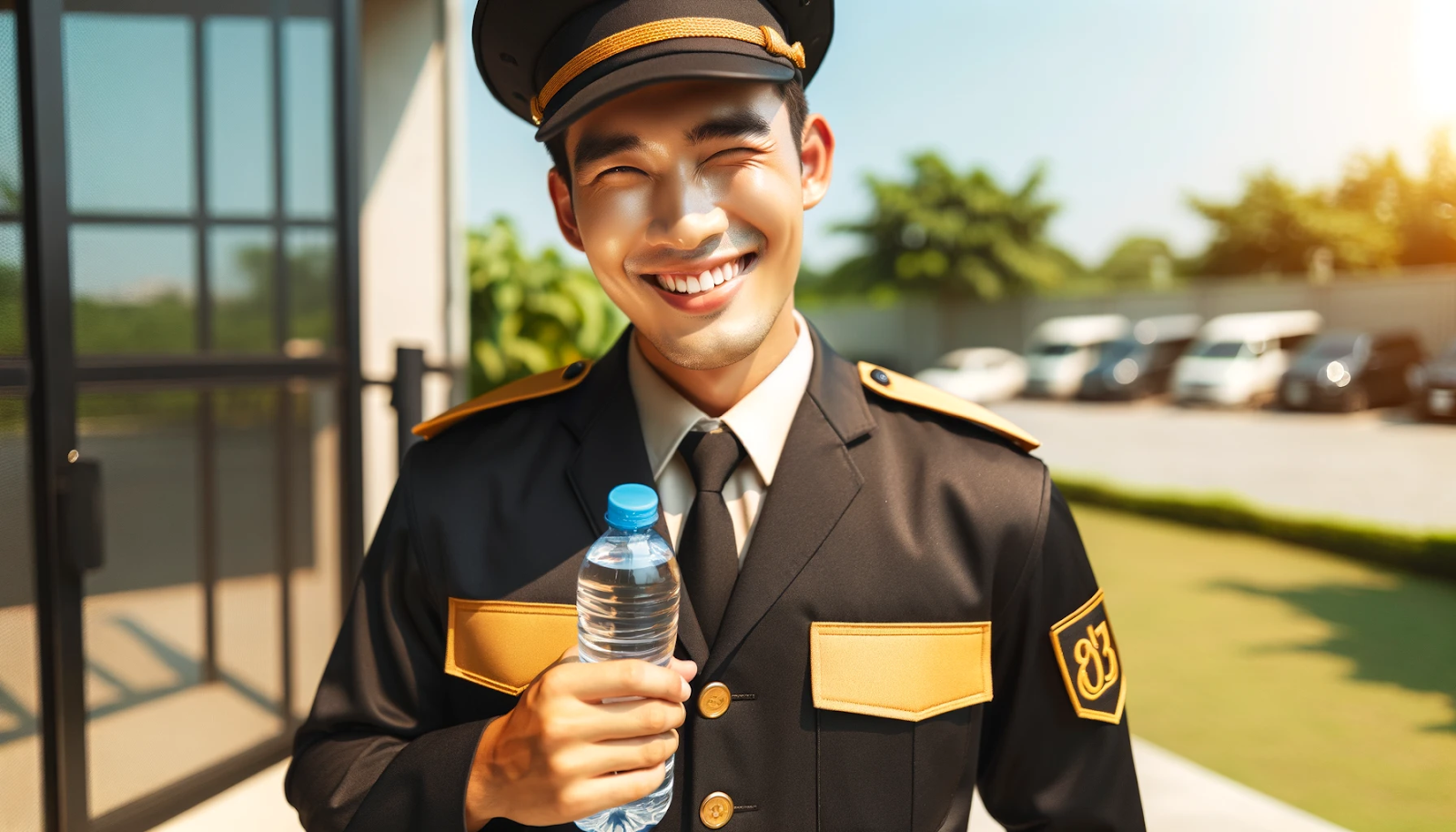Working as a security guard in outdoor environments can be challenging, especially during the hot summer months. Heat stress is a serious concern that can lead to various illnesses, impacting not only the health of the security personnel but also their efficiency and safety on the job. This guide provides essential tips and guidelines for preventing heat stress and related illnesses aimed at property managers, chief security officers, and security company hiring managers.
Understanding Heat Stress
Heat stress occurs when the body cannot cool itself enough to maintain a healthy temperature. Factors contributing to heat stress include high temperatures, humidity, direct sun exposure, and physical exertion. Security guards working outdoors are at increased risk, especially if their duties involve prolonged periods in the sun or strenuous physical activity.
Signs and Symptoms of Heat Stress
Recognizing the signs of heat stress early can prevent more serious conditions such as heat exhaustion or heat stroke. Common symptoms include:
- Heavy sweating
- Weakness or fatigue
- Dizziness or lightheadedness
- Muscle cramps
- Nausea or vomiting
- Headache
- Rapid heartbeat
If these symptoms are observed, immediate action is required to cool down and hydrate the affected individual.
Preventative Measures
Hydration is Key
- Drink plenty of water: Ensure guards always have access to water. Encourage them to drink small amounts frequently rather than large quantities at once.
- Avoid caffeine and alcohol: These can contribute to dehydration.
- Electrolyte drinks: Provide options like sports drinks that can help replenish lost salts and minerals.
Appropriate Clothing
- Light-colored and loose-fitting clothes: These help reflect sunlight and allow better air circulation.
- Moisture-wicking fabrics: These materials can help keep the body cool by drawing sweat away from the skin.
- Hats and sunglasses: To provide shade and protect against the sun's glare.
Scheduling and Breaks
- Shift adjustments: Schedule shifts during cooler parts of the day, such as early morning or late evening.
- Regular breaks: Ensure guards take frequent breaks in shaded or air-conditioned areas to cool down.
- Job rotation: Rotate tasks to minimize prolonged exposure to heat.
Training and Awareness
- Heat stress training: Educate security personnel about the dangers of heat stress, its symptoms, and prevention techniques.
- Emergency procedures: Ensure guards know what to do if they or a colleague show signs of heat-related illness.
Environmental Controls
- Shade and shelters: Provide shaded areas or portable shelters where guards can rest.
- Fans and cooling systems: Use fans or misting systems to lower the ambient temperature in outdoor posts.
- Monitoring weather conditions: Monitor weather forecasts and be prepared to adjust schedules or provide additional resources on exceptionally hot days.
Personal Protective Equipment (PPE)
- Cooling vests: These can help regulate body temperature.
- Portable cooling devices: Items like handheld fans or cooling towels can be very effective.
Employer Responsibilities
Employers have a duty to ensure the health and safety of their employees. This includes:
- Risk assessments: Regularly assess the risk of heat stress in outdoor security roles.
- Providing resources: Supply adequate hydration, shaded areas, and appropriate PPE.
- Monitoring and support: Regularly check on the well-being of guards during their shifts and offer support as needed.
FAQs
Q: How often should security guards drink water during their shift?
A: Guards should drink small amounts of water every 15-20 minutes, regardless of their thirst.
Q: What should a guard do if they start feeling symptoms of heat stress?
A: They should immediately move to a shaded or cool area, drink water, and inform their supervisor.
Q: Are there any specific clothing materials recommended for hot weather?
A: Yes, light-colored, loose-fitting, and moisture-wicking fabrics are ideal for hot weather conditions.
Q: How can employers help guards acclimate to hot weather?
A: Gradually increase exposure time over one to two weeks and provide additional breaks during the initial period.
Q: What are some signs that a guard is suffering from heat stroke?
A: Symptoms include confusion, loss of consciousness, lack of sweating despite high heat, and a rapid, strong pulse.
By following these guidelines, property managers, chief security officers, and security company hiring managers can help ensure the safety and well-being of their outdoor security staff and maintain a productive and healthy work environment.
.png)
.png)
.png)

.png)
.png)

.png)
.png)
.png)
.png)
